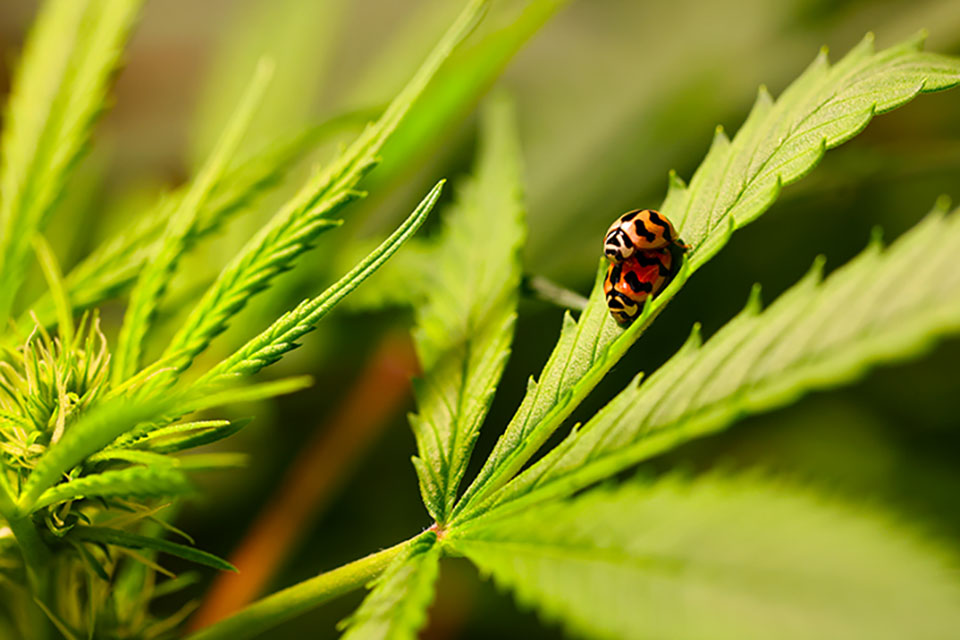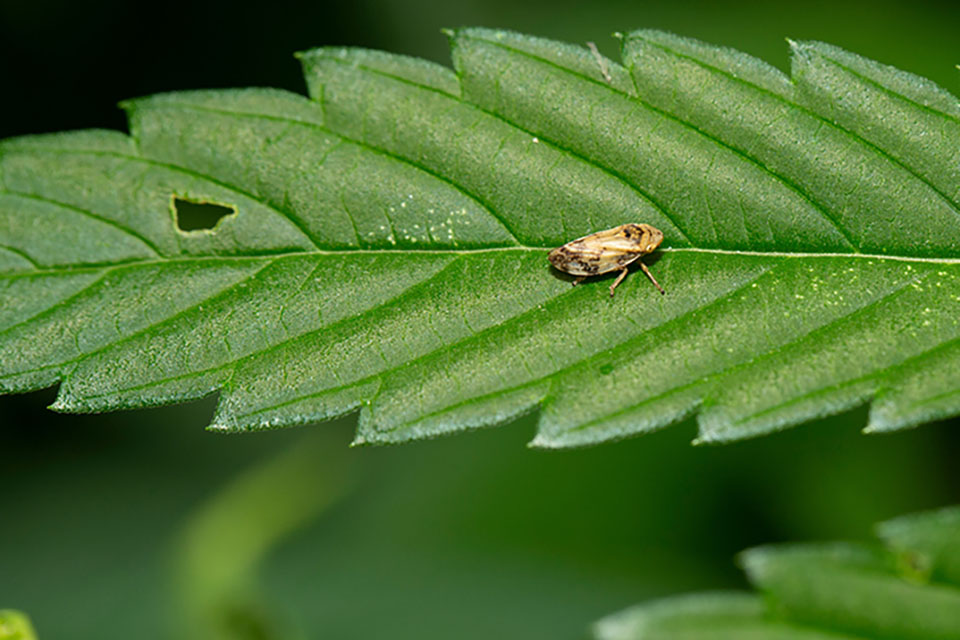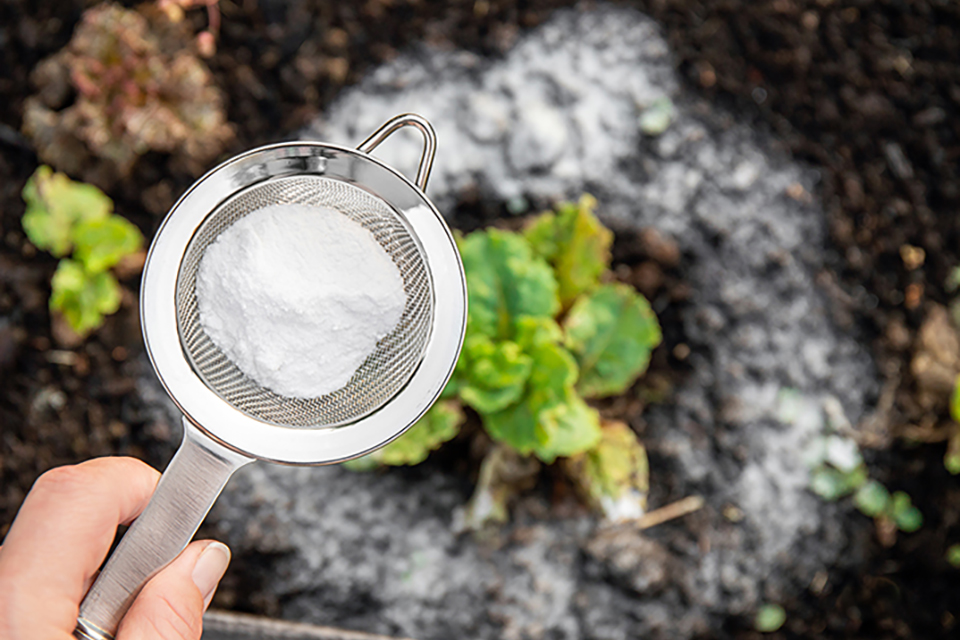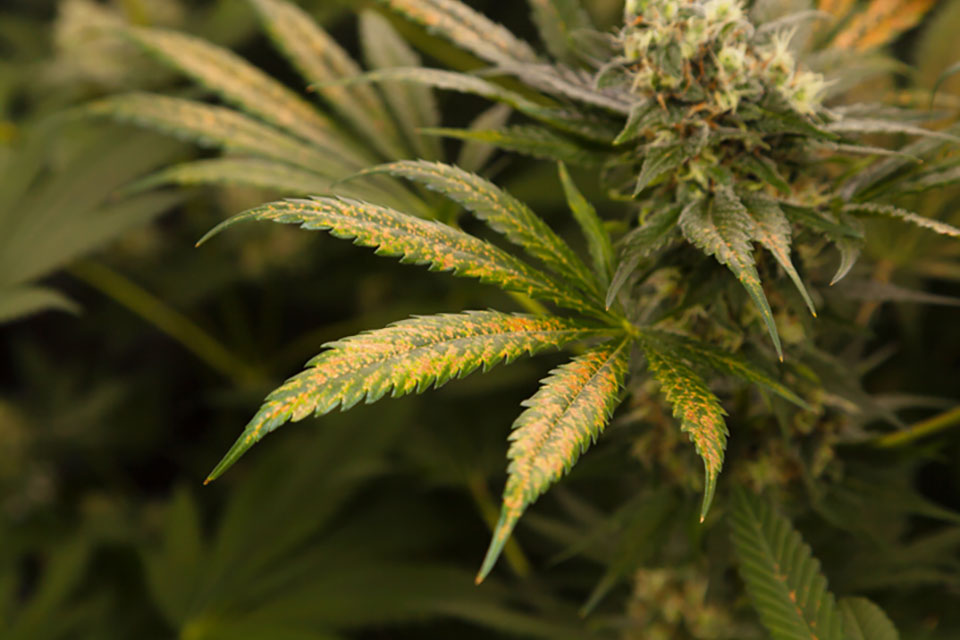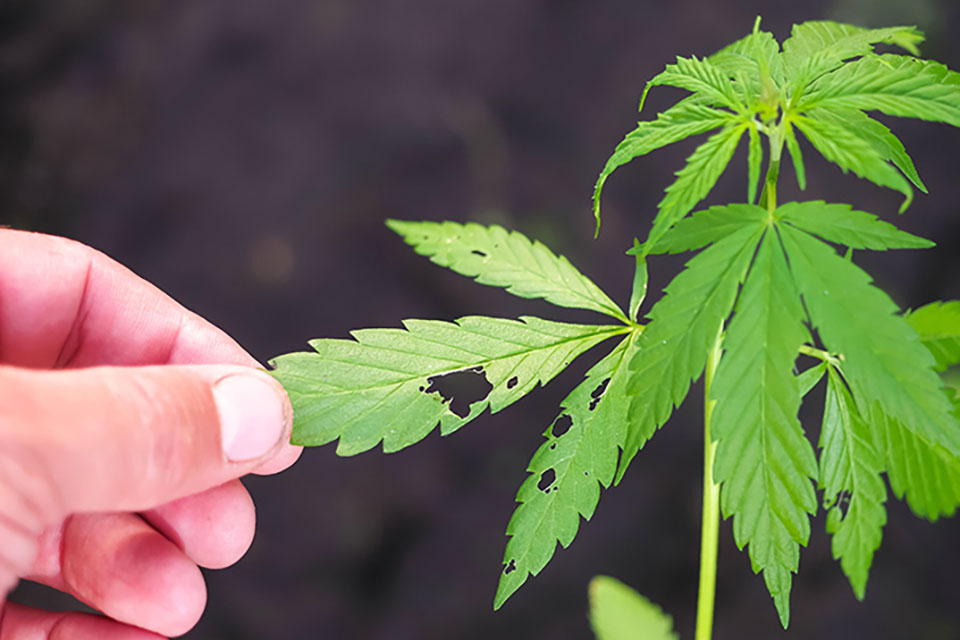
Marijuana growing issues
If, like an ever-growing number of people, you’re thinking of cultivating your own cannabis-based field of dreams, several forces of nature are working against you. No matter which growing techniques you use or how diligent you are when caring for those plants, certain problems are going to arise. Though some strains of marijuana are known for having few maintenance needs, all of them are still vulnerable to a long list of potential problems.
Starting Out with the Right Seeds
One effective way to make sure your marijuana plants get off to a great start in life is to begin with high-quality weed seeds. At Kind Seed Co, that’s what we’re here for. We offer an extensive selection of marijuana seeds from a vast range of strains. Whether you’re looking for feminized CBD seeds, high-THC autoflowering strains, or anything in between, we have what you need.
All our seeds are carefully curated and stored in the perfect conditions to ensure the highest possible germination rate. Of course, we realize that finding the best seeds to kickstart your cannabis garden is only the beginning. From there, you have to see them safely through the vegetative and flowering stages.
Because of that, we’ve also provided numerous insightful resources to help you keep your weed crop healthy and boost its yields. Here, we’ll clue you in on some warning signs of common plant problems you might face between the planting and harvesting phases.
Marijuana Nutrient Problems
You probably already know that plants need certain nutrients to flourish. Some are macronutrients, or elements plants require in larger quantities. Others are micronutrients. Those are the nutrients plants need in smaller amounts. They’re still essential; the plants just don’t need as much of them to stay healthy.
Looking at Macronutrients
Plant macronutrients include oxygen, hydrogen, carbon, magnesium, sulfur, and calcium, but the primary necessities are nitrogen, phosphorus, and potassium. Those are the big three you’ll see listed on fertilizers and plant foods as N-P-K. If plants don’t get enough of those, they’ll start to falter.
Nitrogen
Nitrogen is vital for plant growth, chlorophyll production, and metabolizing nutrients into food. If cannabis plants aren’t getting enough nitrogen, they won’t be healthy. One noticeable warning sign of a nitrogen deficiency is yellowing leaves. Since they’re not getting enough nitrogen to produce the chlorophyll that makes them green, they won’t be as green as they should be.
Another indication of a nitrogen deficiency is slow plant growth or no new growth at all. As is the case with humans, a lack of essential nutrients can stunt growth. That means your marijuana plants won’t get any taller. Keep in mind, those plants need even more nitrogen during the flowering phase. Otherwise, they won’t produce the big, juicy, potent buds you want to see.
On the other hand, if you give them too much nitrogen, it’ll detract from the buds’ potency, aroma, and taste. An overabundance of nitrogen could even halt the budding process. Too much nitrogen can make the plants’ leaves droop and turn yellow as well.
Phosphorus
Phosphorus is crucial for healthy plants as well. Plants need this macronutrient to help them soak up sunlight for photosynthesis and to generate enough energy to grow. Phosphorus also contributes to root and stem health. If your plants aren’t getting enough phosphorus to keep their roots healthy, they won’t be able to draw in other nutrients as well as they should.
Plants that are suffering from a phosphorus deficiency will first begin to turn a dark green color, even darker than they should be. From there, older leaves near the bottom of the plant will start to become discolored with black, bluish, or brown spots. They’ll actually look a bit bruised. Additionally, any new leaves that sprout during a phosphorus deficiency will be much smaller than they should be.
Potassium
Like other macronutrients, potassium is crucial for plant growth. It helps plants produce and use various enzymes. It also aids plants in transporting food and water throughout their stems and leaves and carrying out photosynthesis. Potassium helps plants to create the proteins they need to carry out vital functions, too. This nutrient can also help make plants more resistant to diseases and help them survive a little longer if you forget to water them.
Plants that are lacking in potassium can quickly grow taller than those around them, but they won’t be strong enough to support that extra height. They also develop brown or yellow discoloration around the edges of their leaves. Those leaves will begin to die and fall off the plants in time.
We should mention that it’s rare for plants grown in hydroponic systems to suffer from potassium deficiencies. Those grown outside or indoors in various media are more prone to this issue, though.
What do Weed Plants need?
What do Outdoor Cannabis Plants need ?
What do indoor cannabis plants need ?
How to Combat Macronutrient Deficiencies
In many cases, people who are growing their marijuana gardens outdoors don’t have to worry as much about nutrient deficiencies as those who are cultivating their cannabis indoors. Outdoor soil is typically richer in nutrients than potting soil and other basic indoor growing media. It also provides a more consistent supply of vitamins and minerals. Of course, that doesn’t mean marijuana grown outside is invulnerable to nutrient deficiencies.
Most fertilizers and other types of plant growth boosters are rich in nitrogen, phosphorus, and potassium. Therefore, the easiest and most effective way to combat an insufficient supply of macronutrients is by adding them to the soil or growth media you’re nurturing the plants in. At the same time, preparing the soil before planting your marijuana seeds can go a long way toward warding off these issues.
Be sure to keep micronutrients in mind as well. We could spend an entire day discussing the warning signs of micronutrient deficiencies or excesses. They can include everything from yellowing leaves and brown spots to discoloration around the veins running through the leaves. Anytime the leaves seem to be off a bit, they’re most likely lacking or getting too much of a certain nutrient.
Watching Out for Pests
In addition to keeping the nutrients flowing through your plants, you’ll need to keep an eye out for pests. Virtually all crops are susceptible to pest invasions, and cannabis is no different. Though its strong odor deters some bugs, that distinct aroma attracts others. Indoor cannabis plants aren’t quite as vulnerable to insects as indoor ones for obvious reasons.
Still, if those pests want your indoor plants, they’re not above coming inside to get them. Several types of insects are known for attacking marijuana crops. If given half a chance, they’ll destroy your plants as well as all the time and work you’ve put into keeping them healthy.
Aphids
Aphids are common crop destroyers. They can be a range of colors from white or pale green to brown or black. These bugs are tiny, so they’re often difficult to see. They may just look like splatters of dirt or dust from a distance, which is why so many growers don’t notice them until it’s too late.
These insects may be tiny, but they can cause major damage. They basically bite into the leaves of the plants and feed on the juices inside. This can cause the leaves to turn yellow and wilt. It’s best for your crop if you notice the aphids themselves rather than their aftermath. That way, you can take care of them before they cause irreversible damage.
Broad Mites
Aphids are difficult to pinpoint, but broad mites are all but impossible. They’re so tiny you can’t really see them with the naked eye. That means you just have to keep watch over the plants and look for the damage broad mites leave behind.
If you have an infestation of these pesky bugs, you may notice new growth on the plants being twisted instead of fanning out as it should. Leaves may also begin to look shinier than normal. They can start to curl up at the edges and eventually turn yellow as well.
Keeping Bugs at Bay
Bugs can be a serious problem for marijuana plants, and the ones we’ve listed here are only a couple of the pests that could invade your crop. Some damage the plants themselves whereas others attract additional pests to your garden or grow room. Certain types of pests leave behind substances that pave the way for mold growth as well.
Numerous types of insect repellents are on the market. Though they can help keep the bugs at bay, they’re often made with potentially dangerous chemicals. Many people are reluctant to spray chemicals on the very buds they’re going to be smoking after harvest time.
If you want to thwart insects before they have a chance to damage your plants without inundating the crop with chemicals, a range of natural repellents may get the job done. To get rid of aphids, whiteflies, and mites, you can mix about half a teaspoon of Castile soap with a quart of water and spray it on the plants. Take care not to add too much soap to the mix, though, because it could damage your plants.
If deer are dining on your marijuana plants, cayenne pepper might be the best solution. It works for aphids as well. Combine a couple tablespoons of cayenne pepper and a few drops of mild dish soap with a gallon of water to spray on the plants. Please be sure to wear gloves, long sleeves and pants, and protective eyewear when you’re mixing and applying this solution. If you don’t, the situation might not end well.
Many other simple, natural ingredients you probably have at home can help deter pests. It’s also possible to introduce beneficial insects into your cannabis garden to keep the harmful ones out of the picture. Having said that, this approach is best left to outdoor crops. Companion plants are an effective solution as well. They can help ward off devastating bugs while providing additional benefits for your plants.
Cannabis Plant Health Tips
We’ve listed some of the more common problems you might encounter during your marijuana farming adventures, but several more could enter the picture as well. From mold and mildew to fungus gnats and mealybugs, any number of hazards could be out to bring your visions of a healthy harvest crashing down around you.
No matter what goes wrong with your cannabis crop, the plants will tell you there’s a problem. Use this guide along with the other resources we’ve provided to help keep all those issues from destroying your marijuana garden. Whether you’re growing indoors or outside, there are numerous ways to protect your plants and keep them healthy and happy so they can make you happy at the end of the growing season.
